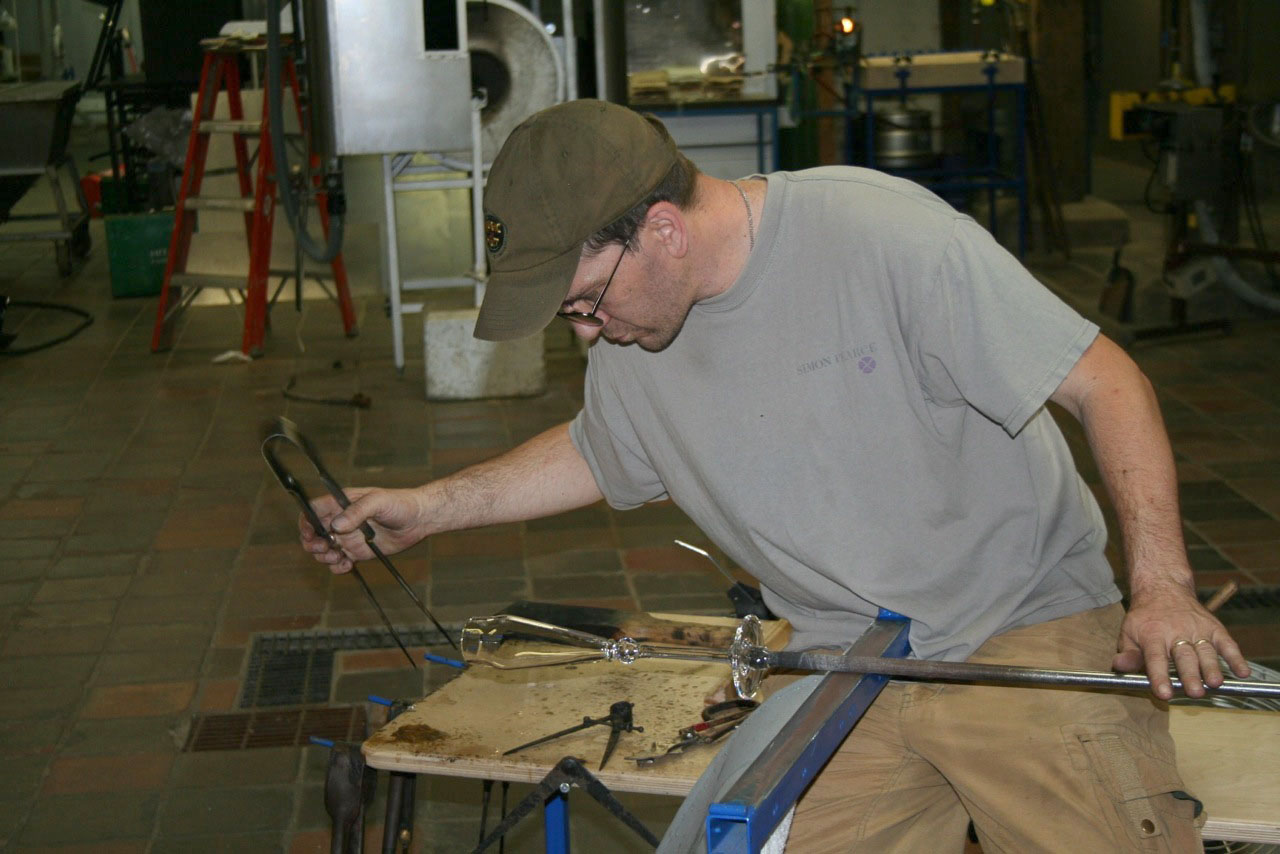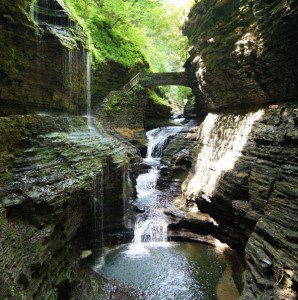Connecticut in Autumn, A Visit to Weir Farm in Wilton
 Last Friday, I woke up early and drove to the outskirts of Danbury to Weir Farm National Historic Site. Along with the home of sculptor Augustus Saint-Gaudens in Cornish, New Hampshire, Weir Farm is the only other locale in the National Park System devoted to an artist. It was a perfect fall day and as soon as I turned off from Route 7 I was treated to a quintessential Connecticut landscape of rolling hills, old stone walls, and grand estates. Weir Farm was the former home, studio, barn, and gardens of J. Alden Weir, one of the fathers of American Impressionism. Head inside the Visitors Center and you’ll watch a short video on his life and see photos of the artist with his buddies, John Singer Sargent, Childe Hassam, and John Twachtman, who all loved coming out to the sprawling property for a day in the country. Take a walk around the grounds and down to the pond and you’ll instantly understand the allure. I toured the property with a park ranger and a group of art students from nearby Western Connecticut State University, who were going to spend the afternoon painting the scenery, still inspired by the landscape. Little has changed since the time of Weir. You can walk along the trails and see the exact spot where Weir painted many of his works. The stone walls, fields, and faded red barns are all the same. The only difference is that the trees have grown.
Last Friday, I woke up early and drove to the outskirts of Danbury to Weir Farm National Historic Site. Along with the home of sculptor Augustus Saint-Gaudens in Cornish, New Hampshire, Weir Farm is the only other locale in the National Park System devoted to an artist. It was a perfect fall day and as soon as I turned off from Route 7 I was treated to a quintessential Connecticut landscape of rolling hills, old stone walls, and grand estates. Weir Farm was the former home, studio, barn, and gardens of J. Alden Weir, one of the fathers of American Impressionism. Head inside the Visitors Center and you’ll watch a short video on his life and see photos of the artist with his buddies, John Singer Sargent, Childe Hassam, and John Twachtman, who all loved coming out to the sprawling property for a day in the country. Take a walk around the grounds and down to the pond and you’ll instantly understand the allure. I toured the property with a park ranger and a group of art students from nearby Western Connecticut State University, who were going to spend the afternoon painting the scenery, still inspired by the landscape. Little has changed since the time of Weir. You can walk along the trails and see the exact spot where Weir painted many of his works. The stone walls, fields, and faded red barns are all the same. The only difference is that the trees have grown.

 Last August, I was saddened to hear that one of my favorite covered bridges in New England, the one that sits over the Ottauquechee River in Quechee, was swept away by the surging water of Tropical Storm Irene. The bridge and the rushing water of the river are best seen while dining at the Simon Pearce restaurant. Pearce and his glassblowing facility were also hit hard last year. But as I noted in
Last August, I was saddened to hear that one of my favorite covered bridges in New England, the one that sits over the Ottauquechee River in Quechee, was swept away by the surging water of Tropical Storm Irene. The bridge and the rushing water of the river are best seen while dining at the Simon Pearce restaurant. Pearce and his glassblowing facility were also hit hard last year. But as I noted in  Known for its award-winning Rieslings, the Finger Lakes deserve its reputation as one of the best spots in America to go wine tasting. Yet, its mix of rolling hills and lakes also lends itself well to adventure, especially in September when the summer crowds are gone. At the southern end of Seneca Lake, we hiked alongside a handful of waterfalls in the famous gorge of
Known for its award-winning Rieslings, the Finger Lakes deserve its reputation as one of the best spots in America to go wine tasting. Yet, its mix of rolling hills and lakes also lends itself well to adventure, especially in September when the summer crowds are gone. At the southern end of Seneca Lake, we hiked alongside a handful of waterfalls in the famous gorge of